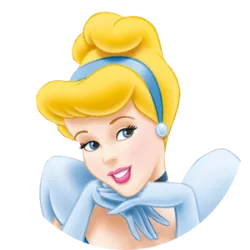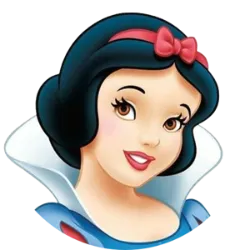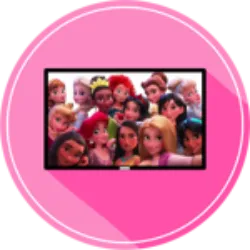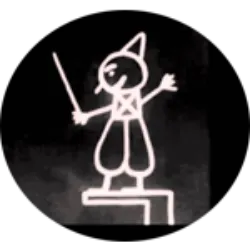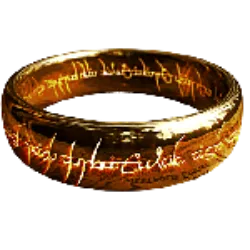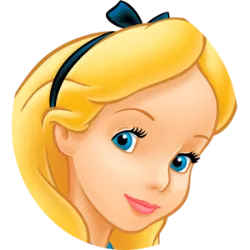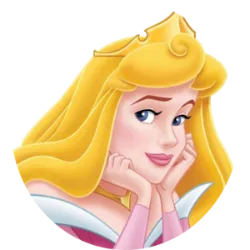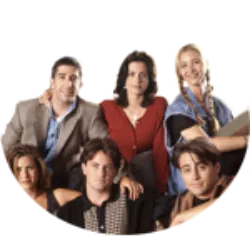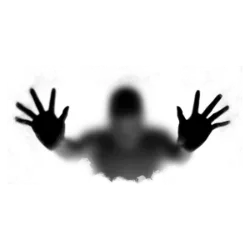Cinderella: The Origin and Curiosities
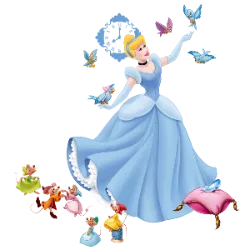
Cinderella is one of the most famous fairy tales in the world, but few know that its origins date back more than two thousand years. The first known version appeared in China around the 9th century, with the story of Ye Xian, a kind young girl who receives magical help to escape the tyranny of her stepmother. In the 17th century, the French writer Charles Perrault popularized the Western version that we know today, including iconic elements such as the fairy godmother, the pumpkin carriage and the glass slipper. Later, the Brothers Grimm retold the story in a darker version, where the evil stepsisters even mutilate their own feet to fit into the shoe.
The most famous adaptation came with the Disney animation, released in 1950, which cemented Cinderella as a pop culture icon. The film was a huge success, saving Disney Studios from bankruptcy after World War II. Interestingly, the dress transformation scene was one of Walt Disney's favorites and required innovative animation techniques.
The glass slipper is one of the most striking details in the story, but its choice may have come from a translation error. Some scholars believe that Perrault intended to describe squirrel-skin shoes ("vair"), but the word was confused with "verre" (glass). Regardless, the glass slipper has become a symbol of magic and hope.
Cinderella is a classic Disney animated film released in 1950
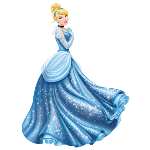
Cinderella is a classic Disney animated film released in 1950. The film is based on the fairy tale "Cinderella" and tells the story of a young woman who is forced to serve as a maid for her stepmother and her two evil sisters. Cinderella dreams of escaping her unhappy life and finding true love. With the help of her fairy godmother, Cinderella transforms herself into a beautiful princess and attends the royal ball, where she meets Prince Charming. However, her happiness is cut short when she has to leave the ball before midnight, losing one of her glass slippers in the process. The prince searches for the owner of the glass slipper and finally finds Cinderella. They fall in love and live happily ever after."Cinderella" is considered one of Disney's animated classics and is beloved by generations. The film is remembered for its memorable music, such as the song "Bibbidi-Bobbidi-Boo", and for its iconic characters, including Cinderella's mouse friends Gus and Jaq.
Test yourself with one of these challenges 👇
Discover some interesting facts about Cinderella
There are numerous versions of the Cinderella story
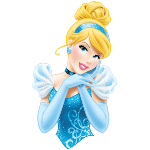
There are numerous versions of the Cinderella story. One of the most popular is that of Walt Disney, who in 1922 became aware of the plot and produced a modern version, in the form of a silent short. This version had some differences from the others previously told, such as the glass slipper replaced by a fur one and the ball lasting three days instead of just one night. In addition, the figure of the fairy godmother did not appear.
Disney is known to include hidden Mickeys in its productions
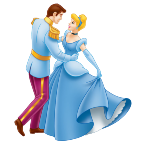
Disney is known to include hidden Mickeys in its productions, and Cinderella is no exception. These disguised characters, known as Hidden Mickeys, can be found on the glass panels of the princess's front door, and also as she scrubs the floor, forming an image in soap bubbles.
During part of the production of Cinderella
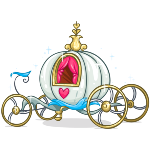
During part of the production of Cinderella, Walt Disney was in England supervising the filming of Treasure Island(1950). The three Cinderella directors – Wilfred Jackson, Gerry Geronimi and Ham Luske – communicated with Disney constantly. There were no studio meetings, but sending memos, scripts, drawings, storyboards and soundtrack recordings. Sometimes the work went on when he didn't respond, and then had to be undone when he finally did.
Cinderella lost her slippers three times
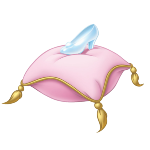
Cinderella lost her slippers three times. The first was while she was bringing breakfast to her stepmother and sisters. The second was when she walked down the castle stairs after dancing at the ball. And the last one was on her wedding day. The message behind her little shoes is that she is so delicate that she can walk in glass shoes and not break them. It also shows that she is able to easily adapt to uncomfortable situations and still remain kind and sweet.
The Disney team faced the challenge of surrounding the simple
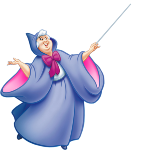
The Disney team faced the challenge of surrounding the simple, familiar CINDERELLA story with supporting characters and fun sequences. For this, they created Jaque and Tatá, the rats; the little birds; the dog Bruno; and Lucifer the cat, their common enemy. These creatures and their actions were well integrated throughout the film, with scenes flowing smoothly into one another.
Test yourself with one of these challenges 👇
HOME
